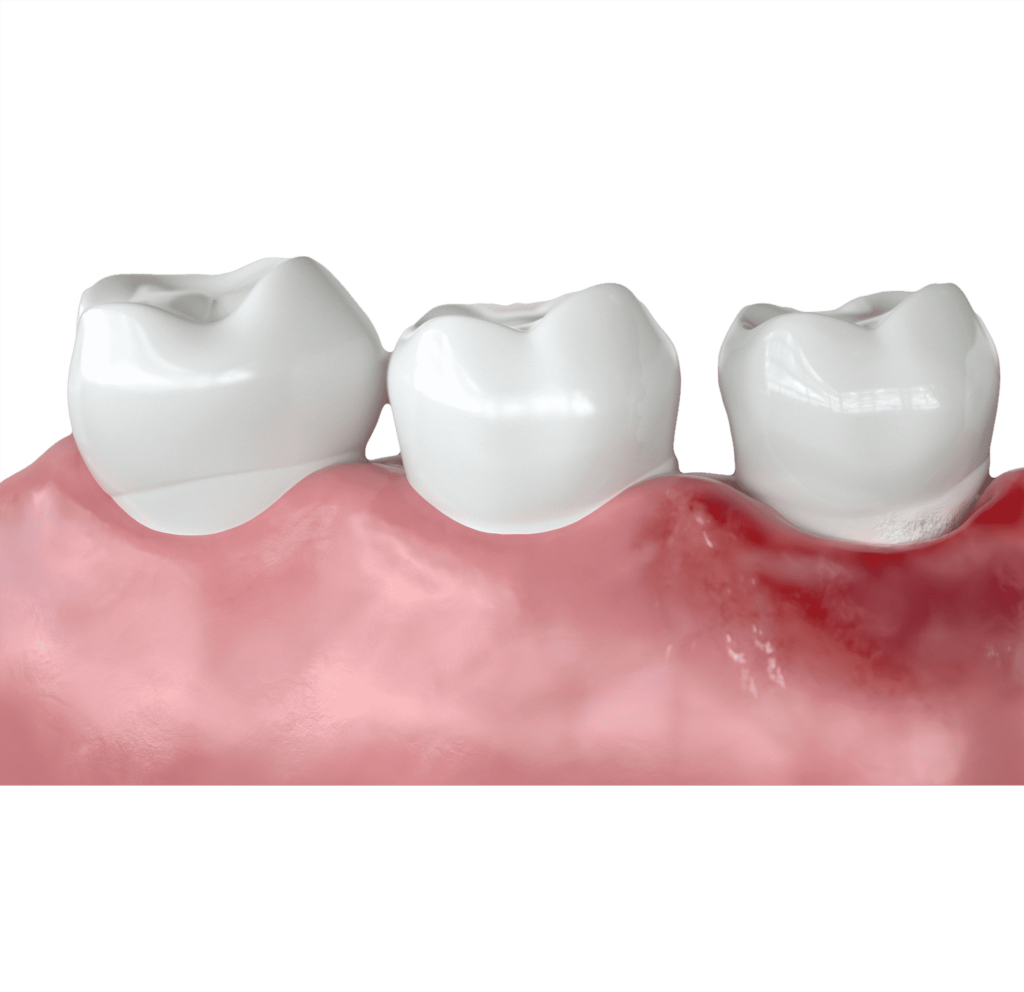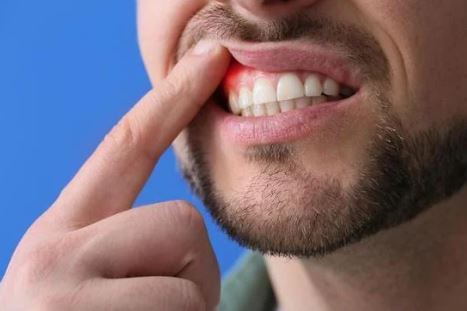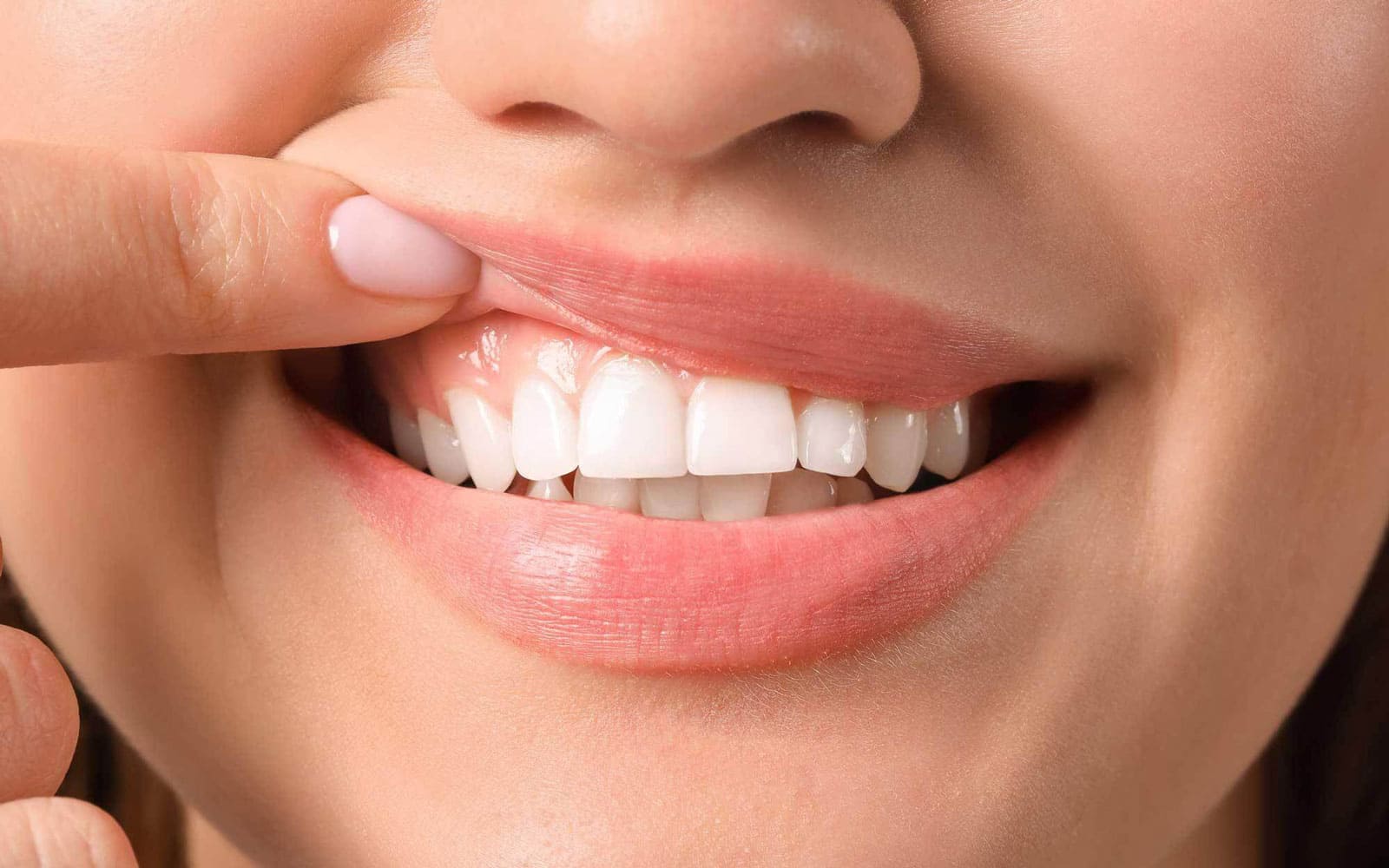Gum disease treatment

Gum diseases that can develop in gingival tissues due to many causes are factors that significantly threaten the health of both the jawbone and teeth. Maintaining the health of these tissues is of great importance for maintaining overall health and ensuring the continuity of functional activities. After the development of gum diseases, the best way to follow is to treat the disease as early as possible. Gum disease treatments can restore all tissues lost in the early stage of gum disease. In cases where advanced gum diseases cause permanent losses, it is applied to prevent further progression of the disease and to protect the health of tissues adjacent to the infection site.
Periodontic, gingival curettage, gingivectomy, gingivoplasty
How do you know if you need gum treatment?
The formation of gum disease can manifest itself with many different symptoms. Swollen, tender, and reddened gums indicate the development of a disease in the affected area. Bleeding may develop in these areas during tooth brushing or spontaneously. Due to the infection in the area, bad breath may be encountered, and there may be inflammatory discharges between the teeth and gums. In later periods, recession of the gums may be observed and the fit of existing prostheses may deteriorate. Advanced bone loss may cause the teeth to wobble, move away from each other, or change the relationship between the teeth during biting.
What are non-surgical gum disease treatments?
Gum diseases can be treated without the need for surgical procedures up to a certain level. The procedures used in the treatment of diseases at this level are scaling (detertraj) and root surface smoothing (curettage). In the early stage of gum diseases, it is also important to control tooth relationships and to clean the caries that create an environment for plaque accumulation and to organize old restorations.
The main aim of treatment is to eliminate the microorganisms that cause inflammation. After cleaning the tooth surfaces, with routine oral care, the swelling in the gums subsides and the gums adapt to the tooth again.
Tartar cleaning (Detertraj)
Dental calculus can be defined as hard dental plaque that adheres to the surface of the teeth under the influence of various minerals. Cleaning of tartar on the visible surfaces of the teeth can be done with the help of special hand tools and ultrasonic devices used in dentistry.
When routine oral care is organized, scaling is sufficient for the treatment of gingivitis.
Curettage (Root surface smoothing) treatment
If the disease forms slightly from the gingivitis stage to the periodontitis stage, a change in the gingiva is observed due to the onset of bone destruction. In this case, the gingival pocket formed due to the loss of support between the tooth and the gum creates a suitable environment for plaque to be retained on the root surface. In this case, in addition to scaling, root surface smoothing (curettage) is also required. Root surface smoothing procedures can be defined as the removal of plaque under the gums with the help of special hand tools. The number of sessions needed for treatment may vary depending on the number of teeth that need to be treated.
What are the surgical procedures for the treatment of gum diseases?
In advanced periodontal diseases, tissue loss may reach a level that prevents plaque removal. In this case, plaque removal by the dentist may need to be performed by surgical methods.
In order for the patient to provide effective dental cleaning with routine oral care, surgical organization of the tissues may also be required. Gum disease treatments that can be applied in these cases are flap operation, gingivectomy and gingivoplasty.

Periodontal - gum flap surgery
Flap gum surgery is a treatment applied in cases where curettage procedures applied without surgical procedure are not sufficient to completely remove plaque on the root surface. In this application, after the area to be treated is numbed with local anesthesia, the gum is cut and the root surface is made visible. After cleaning the root surface, new support structures can be created by applying bone graft, membrane and tissue stimulating proteins to treat bone destruction when conditions are appropriate. After the procedures, the area is closed again with sutures and the treatment is completed.
Gingivectomy and gingivoplasty
The gums can sometimes grow permanently due to various conditions and this can cause a favorable environment for bacteria to accumulate, making oral care difficult. In case of gingival overgrowth, gingivectomy (gingivectomy) is the procedure performed to restore the tissue in the area to its natural form. Another application applied in cases where the gum tissue is not in ideal form is gingivoplasty (gingivoplasty). Within the scope of gingivoplasty, the area where the tissue is missing can be arranged with appropriate materials or the gum can be directed to the position it should be by directing the soft tissue.
Aftercare gum disease
The most important factor for restoring and maintaining gum health is to pay attention to routine oral care. Especially in the first period following gum treatments, the disease can return rapidly if oral hygiene is not taken care of, as the process of tissue connection in the area continues to regenerate.
It is normal for minimal calculus formation to occur over a long period of time, even if oral care is taken care of. However, in order to avoid an irreversible problem, the tartar should be cleaned at intervals recommended by the dentist.

Avedent offers you all these treatment options together with the appropriate equipment and expert physician staff for gum disease treatments. You can also choose our clinic for your routine examination and get more detailed information about the gum treatments you need.
